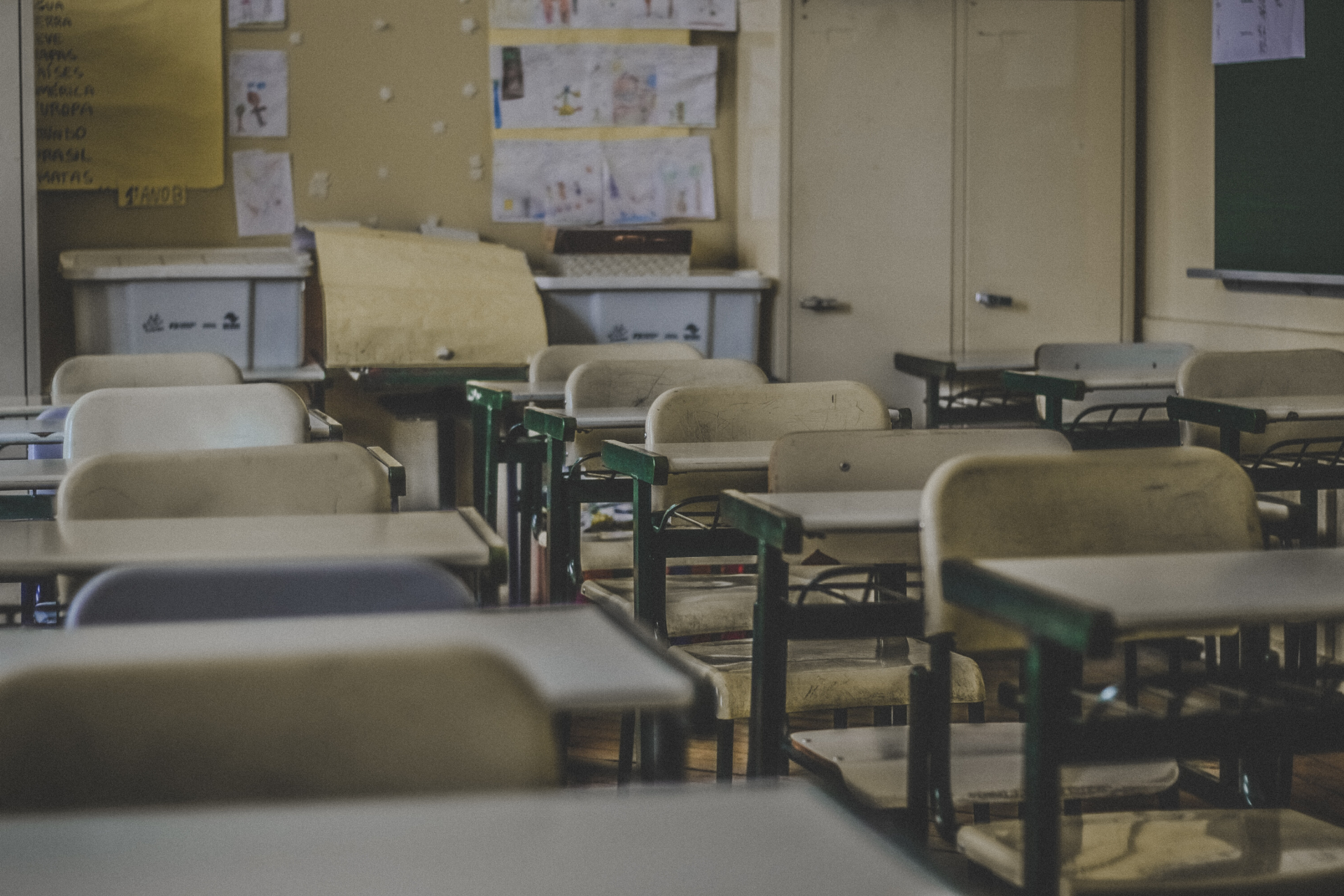A large portion of a child’s life is spent in a classroom. Ensuring safe environments for your child to learn and thrive in is crucial. Making a classroom environment inviting and fun can also increase your child’s participation and sense of belonging within an educational environment.
Injuries that occur at school account for around 20% of unintentional injury related emergency department visits, with children aged 10-13 years old having a higher incident rate as compared to any other age group.
While setting up and creating a fun environment is your primary focus, it is still essential to consider these tips:
Keep exits and floors clear: make sure all exits to the classroom as well as all windows and doors are kept free of clutter and are accessible at all times.
- Are passageways between desks clear?
- Are there any changes in flooring levels that need to be highlighted and corrected?
- Is there any obstructions around the door that could block the exits
Furniture and Fixtures: ensure bookcases, clocks and shelves are fixed to the walls where possible.
- Are permanent fixtures (bookcases, shelves) in good condition and mounted to the wall with brackets to avoid the risk of falling objects?
- Is any portable equipment such as TV stands in a stable condition? Are the objects placed on these surfaces also stable?
- Is the furniture an appropriate size for the space and those who need to access it such as teachers or in some cases, children?
Electrical Equipment: make sure electrical cords are not present in high traffic areas, including walkways and doorways as these are common tripping hazards. Ensure electrical outlets are not overloaded.
- Are all trailing cords and wires organised or taped down where possible to prevent hazards?
- Are all cords and sockets in good condition and working? Have these been appropriately child-proofed or covered to prevent small children from playing with them?
Encourage children to be organised and tidy: encouraging children to tidy up after activities can prevent further injuries and keep a clean and safe space for all to enjoy.
- Is all equipment (e.g. scissors, hot glue guns) put away after each lesson?
- Is the equipment being stored in the correct areas and in a safe manner to prevent injury?
Equipment Safety: more than 50% of classroom injuries were related to improper equipment use. Teaching children how to use and handle equipment such as sewing machines, scissors, knives and art tools is therefore crucial.
General Safety: teaching and constantly reiterating general safety to children is imperative. General safety messages could include no running inside, no climbing on inappropriate equipment, no throwing things and being careful around electrical equipment
Hazardous Materials: ensure any hazardous materials such as cleaning products and chemicals used in science or for general purpose sanitation are clearly labelled and stored out of reach (and preferably out of sight) of the children.
Mitigating classroom risks is an essential part of educational risk management. Although most of the risks can be avoided with careful supervision of the children, practising and educating children around the risks can significantly reduce injuries in the classroom.
When an injury occurs, it is important that first aid kits are easily located and staff are well trained. With Alsco’s first aid kits, schools can pay a monthly fee and Alsco will ensure their first aid kits are always well stocked and replenished, with no extra fees required, even if you use all of the items, so you don’t have to worry about preparing your first aid kit.
In order to provide the right duty of care to the children, staff must be trained in first aid. As a registered training organisation, Alsco can also provide first aid training for your staff and provide a portal where you can keep track of which staff have recently completed training as well as who still requires training. All of these services are provided through our managed training services and email reminders will be sent when retraining is required for continued certification.
Get in touch with us today to get your schools stocked with Alsco’s first aid kits and to pre-register for the next available first aid training course!

